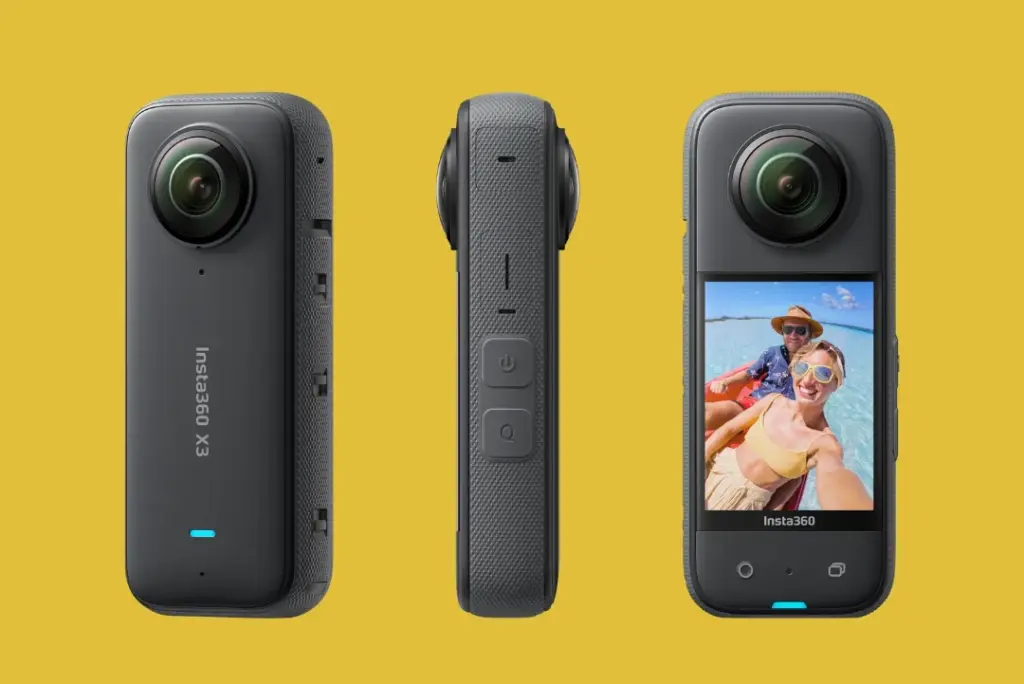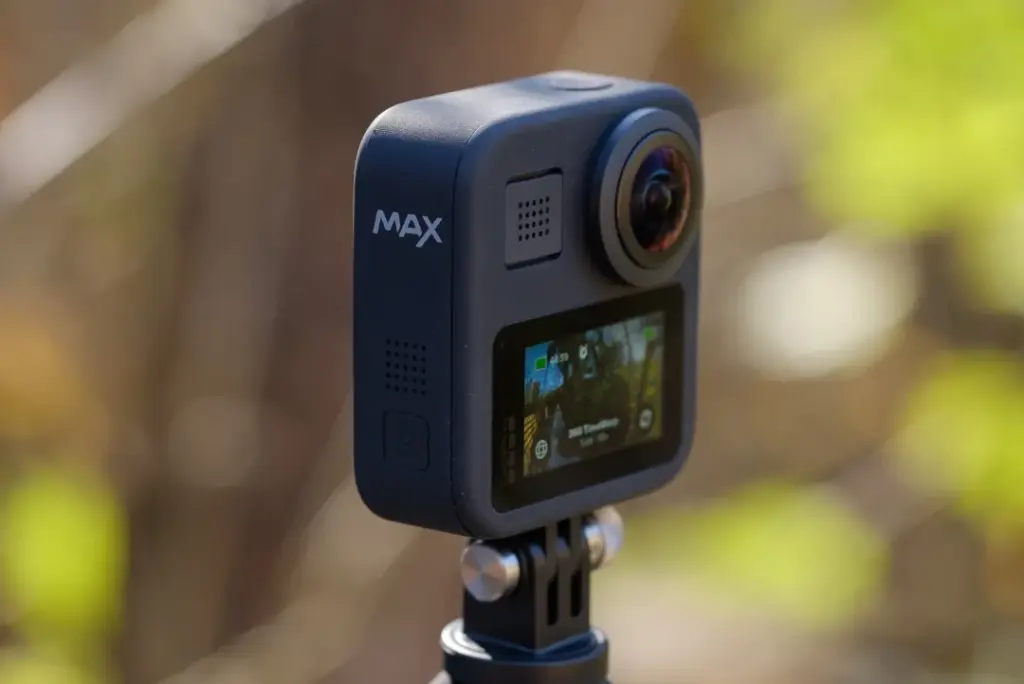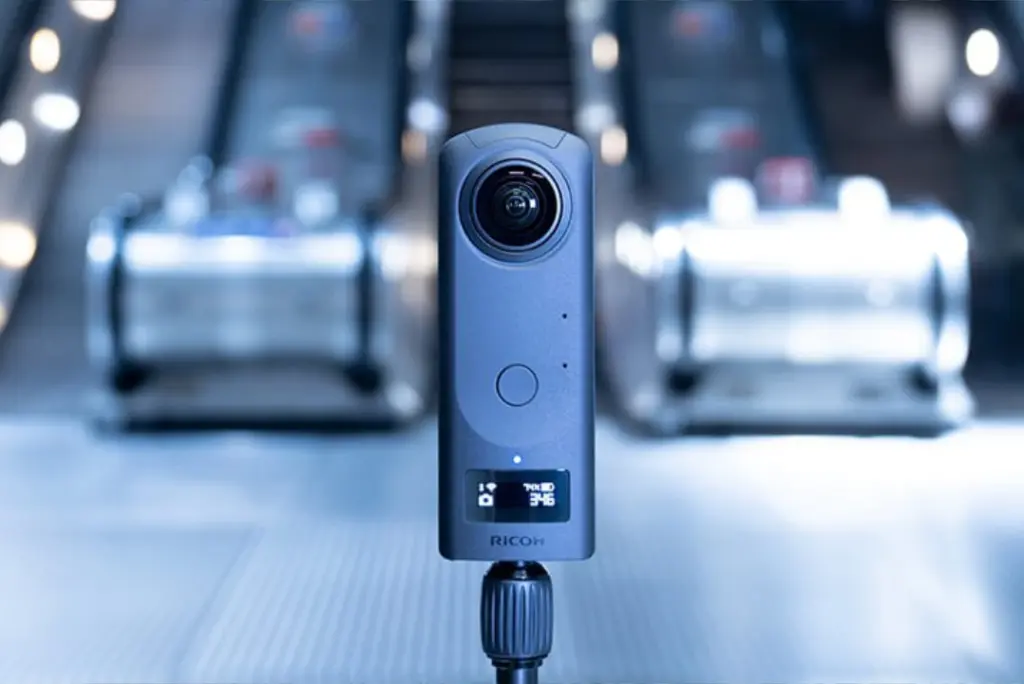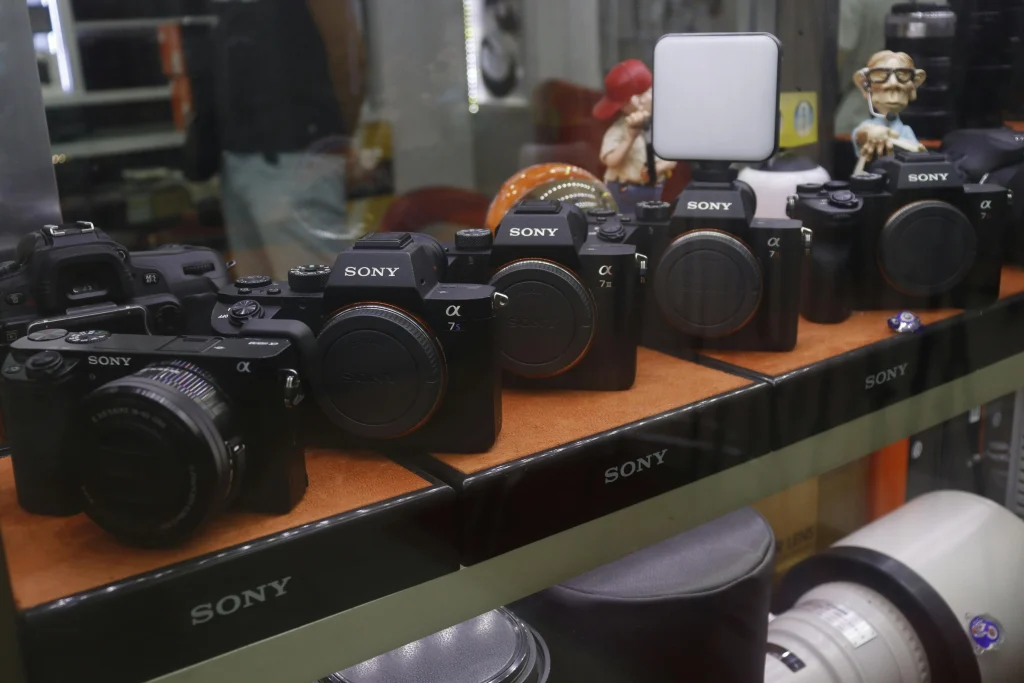360 cameras have transformed the way we capture and share experiences, providing fully immersive perspectives that were once impossible. As technology advances, the 360-camera market continues to evolve, catering to creators, adventurers, and professionals seeking innovative ways to tell their stories. Let’s explore the latest trends shaping the future of 360 cameras and what you can expect next.

1. Higher Resolutions and Frame Rates
One of the most noticeable trends in 360 cameras is the push for higher resolutions and faster frame rates. Models like the Insta360 X3 and GoPro Max are now offering 5.7K and beyond, allowing creators to reframe footage without sacrificing quality. With advancements in sensor technology, we can anticipate even greater resolutions and improved low-light performance in upcoming releases.
2. AI-Powered Editing and Automation
Artificial intelligence is revolutionizing the editing process, making it easier for creators to produce professional-quality content. Features like auto-tracking, smart reframing, and shot suggestions are becoming standard. Cameras like the Insta360 ONE RS use AI to automatically track subjects and create dynamic edits, eliminating the need for complex post-production.
3. Compact, Modular Designs
Creators are seeking lightweight and modular options that adapt to various shooting needs. Modular designs, such as those seen in the Insta360 ONE R series, allow users to switch between 360-degree lenses, wide-angle setups, and action camera modes. This flexibility caters to both everyday users and professionals.
4. Enhanced Livestreaming Capabilities
Livestreaming in 360 degrees is becoming increasingly popular, especially for events, concerts, and virtual tours. Cameras like the Kandao QooCam and Ricoh Theta Z1 now support seamless livestreaming with real-time stitching, allowing creators to broadcast immersive experiences directly to platforms like YouTube and Facebook.
5. Increased Focus on VR Integration
As virtual reality (VR) adoption grows, 360 cameras are playing a critical role in creating content for this space. Cameras are now optimized for VR headsets, offering high-resolution footage and smoother playback for immersive viewing. This trend opens up new opportunities for content creators in industries like gaming, real estate, and education.
6. Affordability Without Compromising Quality
While 360 cameras were once a luxury item, brands are now releasing budget-friendly options that deliver excellent performance. Cameras like the Insta360 GO 2 provide accessible entry points for creators, making immersive content creation more mainstream.
What to Expect in the Future
- 8K and Beyond: Higher resolutions for crystal-clear detail.
- Advanced Stabilization: Even smoother footage for action-packed shots.
- Voice Control: Hands-free operation for greater convenience.
- Improved Battery Life: Longer shooting times to support extended projects.
Top Picks for 360 Cameras Today

Insta360 X3
Known for its high-resolution output and AI editing capabilities.

GoPro Max
A durable and versatile option for adventure seekers.

Ricoh Theta Z1
Excellent for professional-grade 360 photography.
Conclusion
360 cameras are rapidly advancing, offering creators new ways to capture and share immersive content. From higher resolutions to AI-powered tools, the possibilities are endless. Whether you’re a vlogger, filmmaker, or VR enthusiast, the latest trends ensure there’s a 360 camera to meet your needs. Stay ahead of the curve and explore how these innovations can transform your content.


